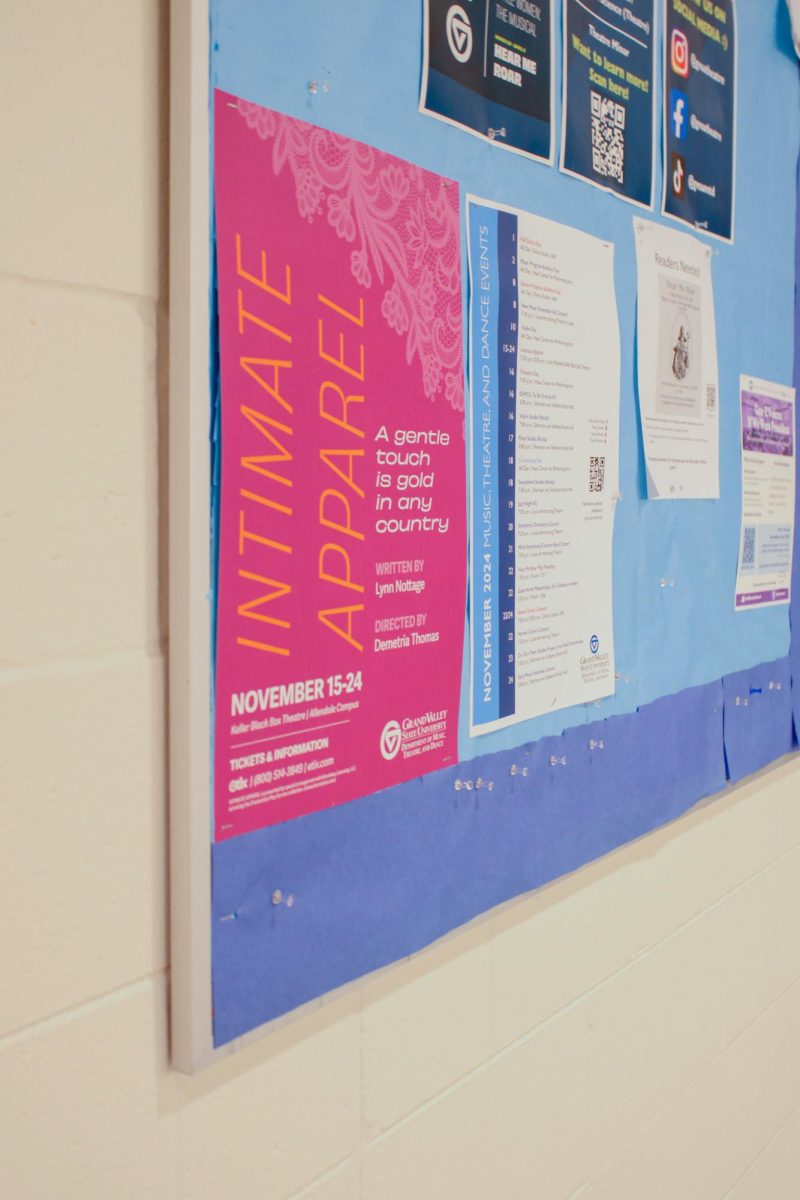West Michigan colleges can’t meet demand
Jan 12, 2014
Grand Valley State University economics professors Sonia Dalmia and Paul Isely released the results of their report, “Health Check: Analyzing Trends in West Michigan 2014,” during the fifth annual health care summit at the Eberhard Center on Jan. 10.
The 2014 report identifies health-related issues and trends in individual lifestyle behaviors in Kent, Ottawa, Muskegon and Allegan counties. This year, the report included a survey of local businesses about the impact of the Affordable Care Act.
The following are the identified health trends:
The number of smokers in West Michigan slightly increased between 2010 and 2012 to 21 percent of the population. The prevalence of asthma in the region remained at about 15 percent.
The rate of obesity in 2012 was 27 percent.
More than 10 percent of residents in the area are diabetic.
Binge drinking in West Michigan increased 2 percent in 2012 compared to 2010, reaching almost 20 percent of the population.
The report also looked at job growth and demand for health-related professions and compared it to the number of West Michigan graduates in those areas.
“The demand is there,” GVSU President Thomas Haas said. “The talent we need to develop, and so we want to create some opportunities for us to help the region and develop the talent that is necessary in the health care arena.”
According to the study, each year West Michigan is under-provisioned in registered nurses, dental assistants, emergency medical technicians, paramedics and dental hygienists.
Colleges and universities in West Michigan generate 745 new registered nurses annually. However, this still falls short of the projected annual demand for nurses by more than 100. In addition, only 18 dental assistants graduate annually in West Michigan. This falls short of the projected annual demand by 70.
At GVSU, the nursing program receives about 1,200 applicants but accepts less than 200, Haas said.
GVSU recently started a new master’s degree in public health and is currently looking at adding speech and language pathology. Haas said he hopes the university will continue to expand the health-related professions that are offered.
“We want to help provide the talent and provide the curriculum,” he said. “Changes have already been put in place.”
Despite the increasing demand for many health care professions, wages are not increasing for some.
“Salaries are relatively interesting at this point,” Isley said. “We are seeing on this side of the state that the real wage for things like RNs is not going up.”
Isley also said that wages for lower-level jobs, such as medical assistants, are dropping faster than those of janitors and retail workers.
The West Michigan Health Care Economic Forecast was sponsored by GVSU’s Vice Provost for Health, Seidman College of Business Alumni Association and the Alliance for Health. The event was funded through a grant from Blue Cross and Blue Shield, as well as the Blue Care Network of Michigan and Priority Health.
The full report, “Health Check: Analyzing Trends in West Michigan 2014,” is available online at www.gvsu.edu/vphealth.























